California’s wildfires are not just a human crisis; they are an unfolding disaster for pets and wild animals alike. These fires ravage the land, causing destruction and chaos that affect every living creature in their path. Whether it’s a beloved family pet or a wild animal, the fires leave a lasting impact that is felt long after the flames have been extinguished. This listicle explores 13 ways these fires impact animals, highlighting the challenges they face and the resilience they show in the aftermath.
1. Their Homes Are Destroyed

Imagine your home suddenly engulfed in flames; it’s a terrifying thought for us and equally devastating for animals. Pets can lose their familiar surroundings, which provide them comfort and security. Wild animals, meanwhile, see their natural habitats reduced to ash, obliterating the places they hunt, rest, and raise their young. The destruction of these habitats means that both pets and wild animals must find new places to live, often in areas already occupied or unsuitable. During a high-severity fire, finding refuge can be very challenging for animals in the wild, according to an article in Newsweek.
Once the immediate danger passes, the aftermath presents its own set of challenges. Animals may struggle to find shelter, as the landscape is transformed and familiar landmarks are gone. The stress of losing their homes can manifest in behavioral changes, such as anxiety and aggression in pets, and migration shifts in wild animals. Rebuilding these habitats takes time, and in the meantime, animals are left vulnerable to the elements and predators. The loss of their homes is a blow that reverberates through the ecosystem, affecting biodiversity and ecological balance.
2. Their Health Suffers from Smoke Inhalation
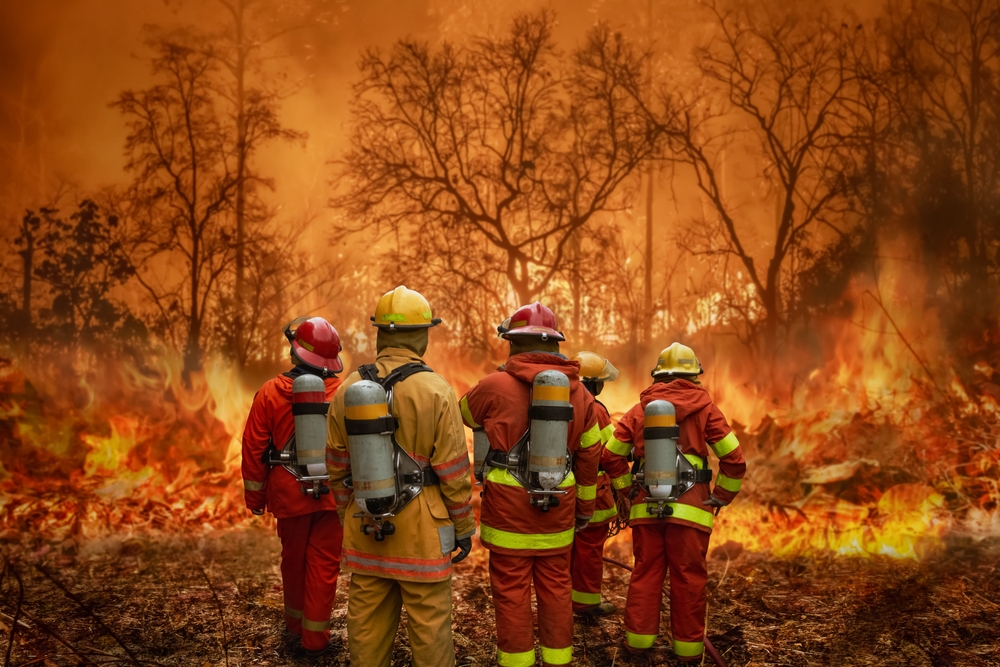
The smoke from wildfires can travel miles, polluting the air that animals breathe. Pets often can’t escape the smoke, staying with their owners, while wild animals are trapped in smoke-filled environments. Breathing in this toxic air can lead to respiratory issues, both immediate and long-term. According to the American Veterinary Medical Association, animals may cough, have difficulty breathing, or show signs of distress as their systems struggle to cope. The significant health impact reduces their ability to flee danger or search for food.
Even once the fires are out, smoke lingers, and the air quality may remain poor for days or weeks. During this time, animals continue to suffer, and those with pre-existing health conditions are at greater risk. The long-term exposure can lead to chronic health issues, potentially shortening their lifespans. Veterinarians may see an uptick in cases related to smoke inhalation, demonstrating the widespread effect on pet health. Wild animals, lacking medical care, must rely on their resilience to recover, but not all will survive the ordeal.
3. Their Food Sources Are Scarce
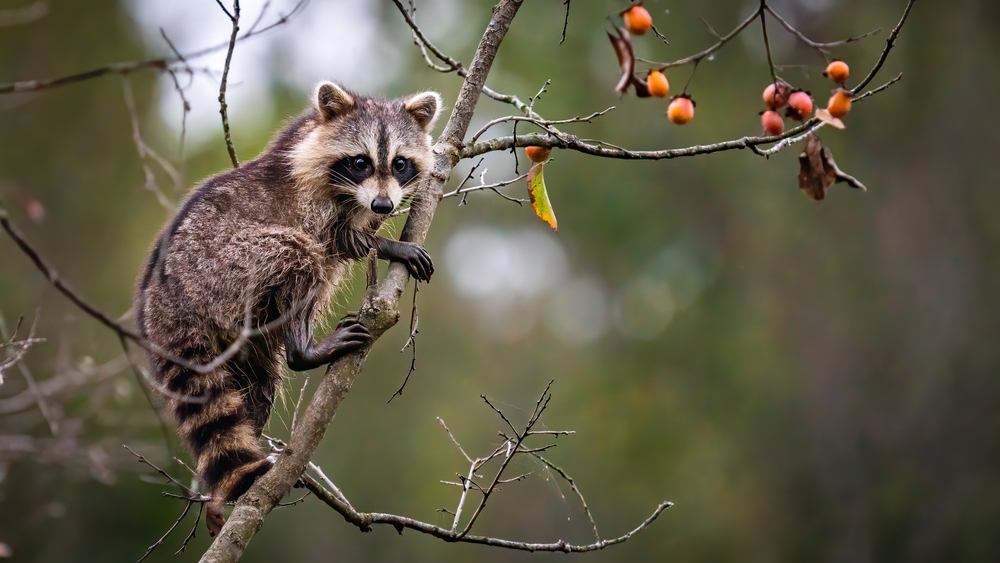
Fire consumes everything in its path, including the plants and smaller creatures that many animals rely on for food. Pets may face food shortages if supply chains are disrupted or if their owners are displaced and unable to provide for them. Wild animals lose access to their regular diet, which can lead to malnutrition and starvation. The competition for food becomes fierce, with stronger animals often pushing out the weaker ones. This struggle for sustenance adds another layer of stress to an already dire situation.
In the aftermath, the ecosystem’s delicate balance is upset, affecting the availability of food even as the land begins to recover. Plants take time to regrow, and the cycles of life that animals depend on are interrupted. Without adequate nutrition, animals’ health deteriorates, making them more susceptible to disease and less capable of reproducing. The ripple effect of food scarcity can lead to population declines, changing the dynamics of the local ecosystem. In urban areas, this may drive wild animals to venture closer to human settlements in search of food.
4. Their Mobility Is Restricted

Wildfires can create barriers that limit the movement of animals, trapping them in dangerous areas or forcing them into unfamiliar territories. Roads, fences, and human settlements can become obstacles as animals try to flee the flames. Pets might find themselves confined indoors for extended periods to avoid the smoke and ash outside. This restriction of movement can lead to increased stress and anxiety, particularly for animals that are used to roaming freely. In the wild, some species may be unable to migrate to their usual breeding or feeding grounds.
After the fires, the landscape itself can pose challenges. Burned areas may be difficult or painful for animals to traverse, with jagged debris and unstable ground. This restricted movement complicates their search for food and shelter, putting additional strain on already stressed populations. Injuries sustained during attempts to escape can further hamper an animal’s ability to move freely. For pets, restricted mobility can lead to a lack of exercise and stimulation, affecting their overall well-being and behavior.
5. Their Water Sources Are Contaminated
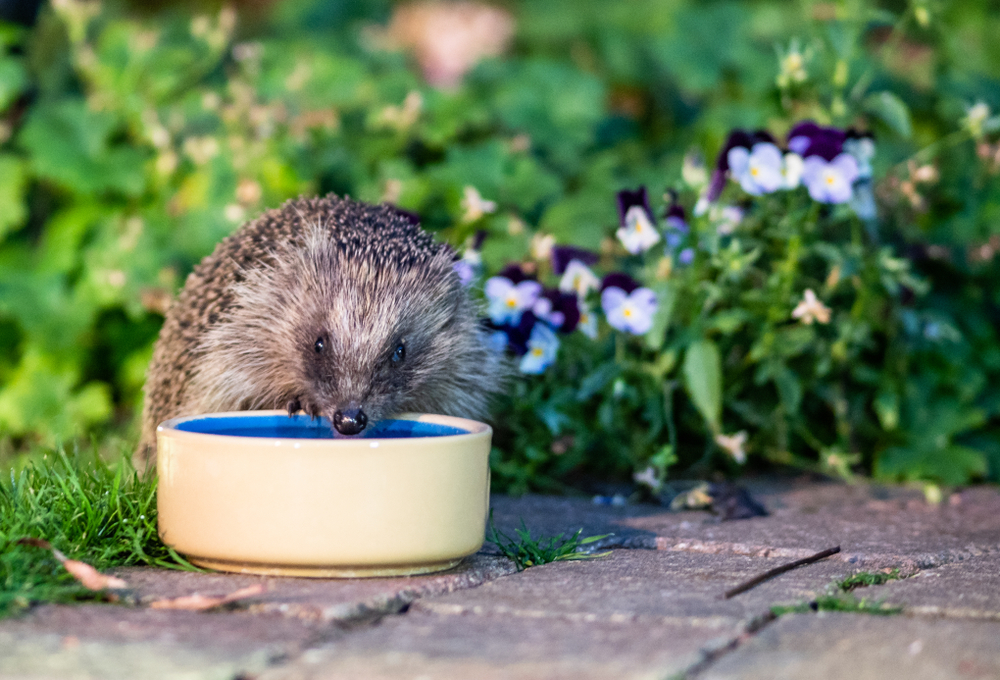
Water, essential for life, often becomes compromised during wildfires. As fires burn, they can release toxic substances into the air that settle into water bodies, contaminating them. Pets may have limited access to clean water if their usual sources are polluted or disrupted. Wild animals face the challenge of finding uncontaminated water, which can be a matter of life and death. Drinking tainted water can lead to serious health issues, compounding the difficulties animals face during and after the fires.
In the long term, contamination can affect the entire food chain, as plants and animals that rely on these water sources ingest toxins. This can lead to bioaccumulation, where harmful substances build up in the bodies of animals, affecting their health over time. The availability of clean water becomes a critical survival factor, influencing where animals can live and thrive. For communities, providing potable water for pets becomes an immediate concern, requiring resources and coordination. The environmental impact of contaminated water stretches far beyond the fire, affecting the viability of entire ecosystems.
6. Their Stress Levels Skyrocket
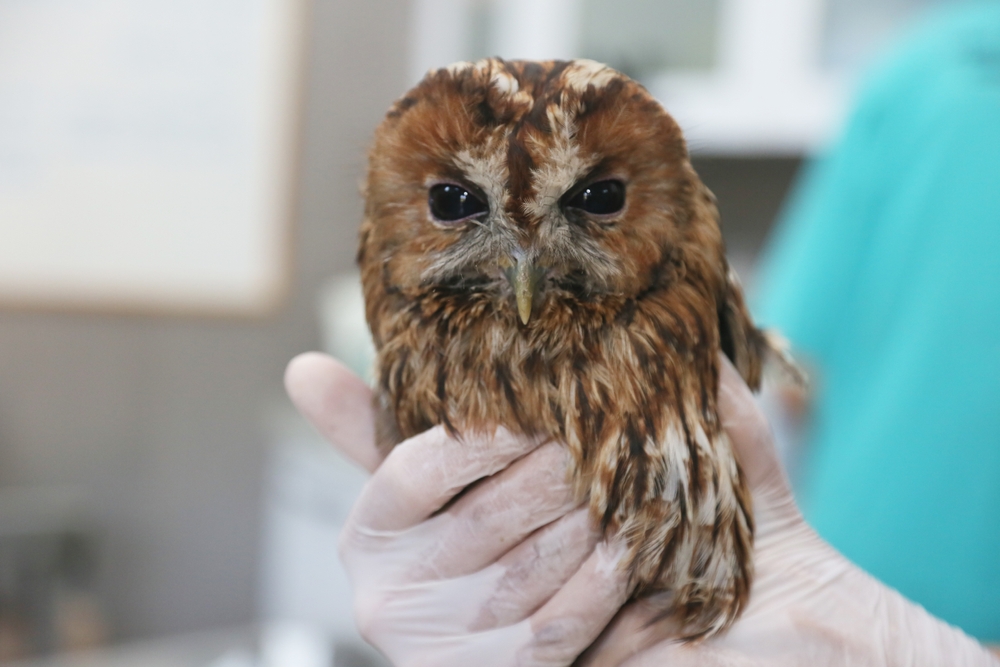
The chaos of a wildfire is incredibly stressful for animals, both physically and emotionally. The intense heat, blinding smoke, and deafening noise create an environment of constant fear. Pets may mirror their owners’ anxiety, becoming clingy, aggressive, or withdrawn as they sense the danger. Wild animals may exhibit signs of stress such as erratic behavior or abandon their young in a desperate bid for survival. This heightened stress can have immediate physical effects, like increased heart rate and adrenal fatigue.
Over time, prolonged stress takes a toll on animals’ health and well-being. Chronic stress can weaken immune systems, making animals more susceptible to illness. Behaviorally, stressed pets may develop habits like excessive barking or destructive chewing, while wild animals might change their migration patterns. Recovery from this stress often requires time, stable environments, and, for pets, the reassuring presence of their human companions. However, in the wild, the recovery process can be more complex, with animals needing to adjust to altered landscapes and social structures.
7. Their Encounters with Humans Increase
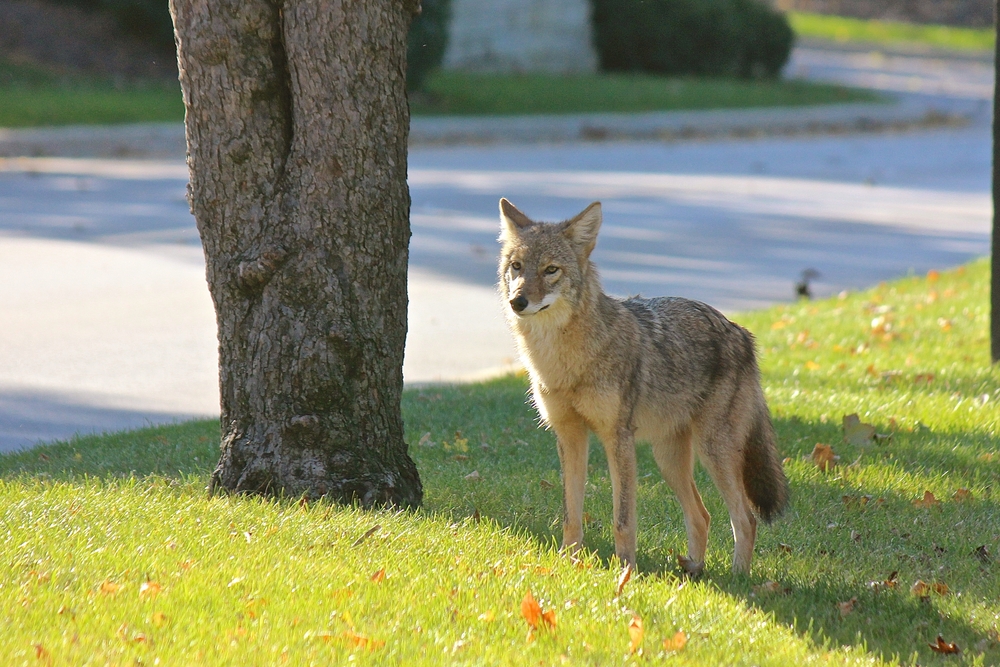
Wildfires often push animals closer to human habitation as they flee the flames or search for resources. Pets may encounter more wildlife than usual, leading to potential conflicts or the transmission of diseases. Wild animals, disoriented and desperate, might venture into towns or cities, increasing the risk of accidents or confrontations with humans. These encounters can be dangerous for both animals and people, as fearful animals may act unpredictably. Increased human-animal interaction also brings the potential for spreading diseases that can jump between species.
In the aftermath, animals may linger in these new areas if their natural habitats remain inhospitable. This can lead to ongoing issues, such as road accidents or animals scavenging through garbage. For communities, it means heightened awareness and precautionary measures to manage these interactions safely. Wildlife agencies may need to intervene, relocating animals or implementing strategies to minimize conflict. Ultimately, these increased encounters highlight the need for coexistence strategies that protect both human and animal populations.
8. Their Reproduction Cycles Are Disrupted
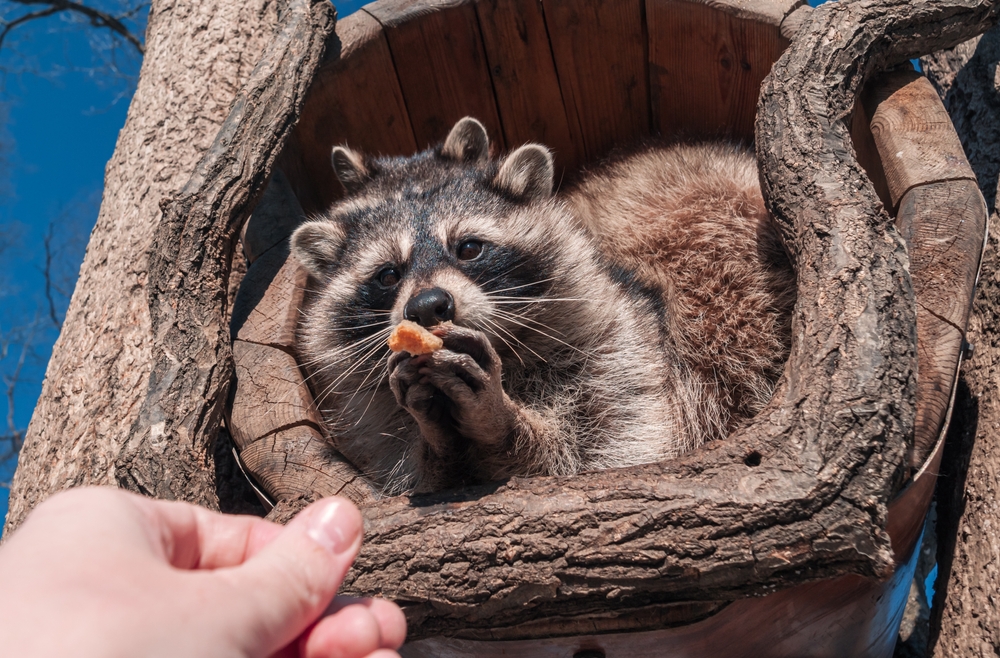
The timing of a wildfire can critically impact the reproductive cycles of animals, especially those in the wild. Fires during breeding seasons can destroy nests or dens and separate parents from their offspring. The stress and dislocation caused by fires may also affect animals’ ability to mate or successfully rear young. For some species, these disruptions can have long-term population impacts, as an entire generation might be lost. The loss of offspring is a significant biological and emotional blow for animals, altering the demographic structure of their populations.
In the post-fire landscape, the challenges continue as animals try to find safe, suitable environments to raise their young. The scarcity of food and shelter can affect the survival rates of newborns and juveniles. This disruption can lead to reduced birth rates in subsequent seasons, further impacting population dynamics. For pets, the stress and upheaval of a fire can lead to behavioral changes that affect reproduction, such as increased aggression or anxiety. Ensuring the continuity of species becomes a complex task, requiring time, resources, and careful management.
9. Their Injuries Increase
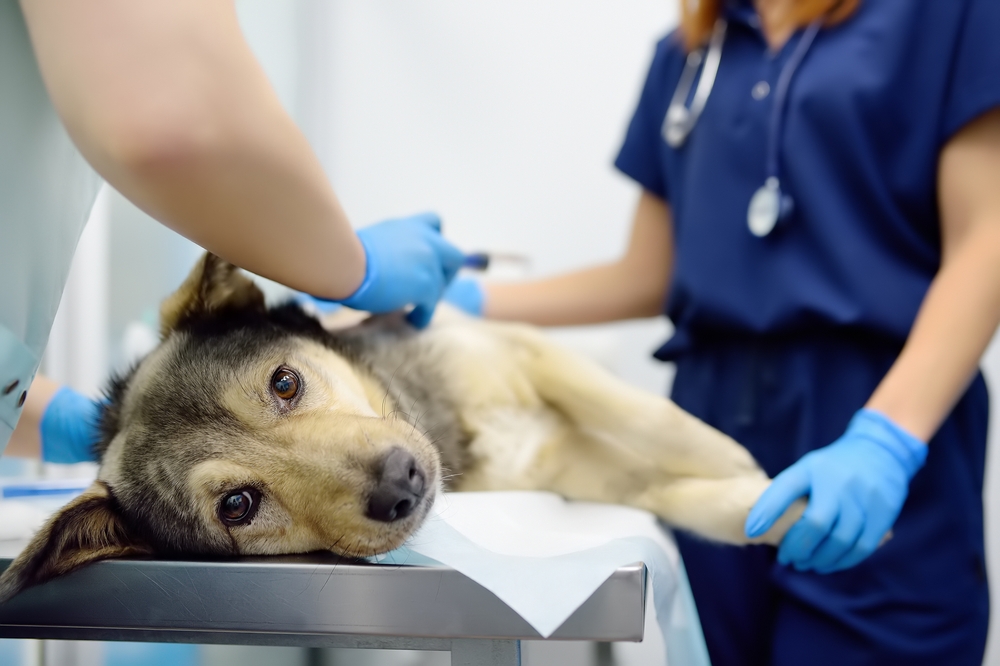
During wildfires, animals are at a heightened risk of injury, from burns and smoke inhalation to accidents caused in the chaos of escape. Pets might suffer burns on their paws from hot surfaces or cuts from fleeing through debris. Wild animals may experience similar injuries, compounded by the lack of immediate medical assistance. These physical traumas can be life-threatening, reducing mobility and the ability to find food or escape predators. Injured animals in the wild face even greater challenges, as their injuries can make them easy prey.
Post-fire, the risk of injury doesn’t immediately disappear. The altered landscape is often riddled with hazards like sharp debris and unstable ground. For pets, even a backyard can become a risk zone, necessitating caution and care from owners. Injuries sustained during the fires may also lead to long-term health issues, requiring ongoing care and rehabilitation. The cumulative effect of increased injuries is a significant concern for animal welfare groups and wildlife rehabilitation centers, who work tirelessly to treat and support affected animals.
10. Their Social Structures Are Upended
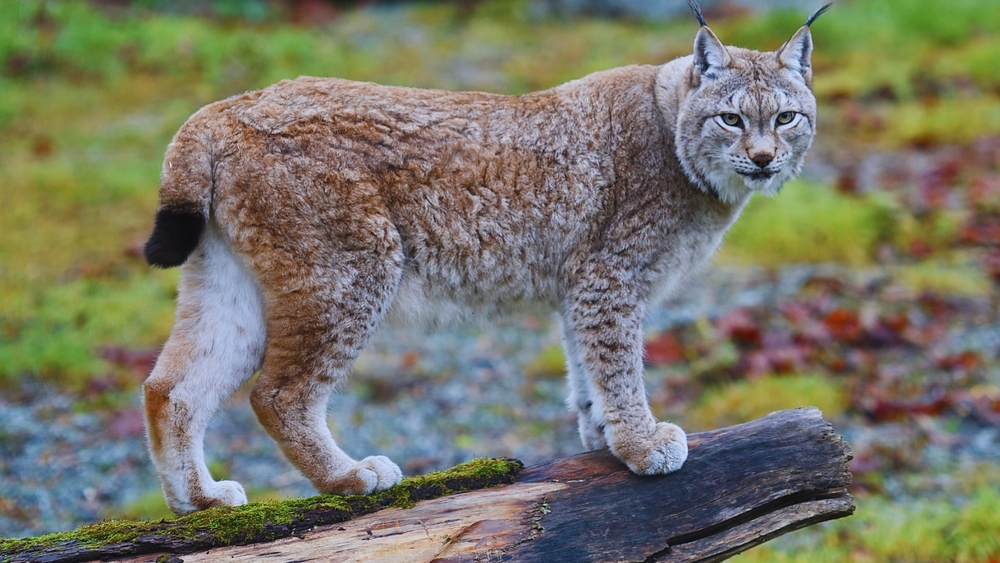
Wildfires can decimate the social structures of animal groups, such as herds, flocks, or packs. These social structures are crucial for survival, providing protection, social learning, and cooperative care of young. When a fire disrupts these groups, animals may find themselves isolated or forced to form new social bonds in unfamiliar territories. This disruption can lead to confusion, increased vulnerability to predators, and difficulty finding food. Pets may also experience social disruptions, especially if displaced and separated from other familiar animals.
As the environment recovers, so too must these disrupted social structures. Animals must rebuild their social bonds, which can take time and be fraught with challenges. New social dynamics may emerge, potentially altering behaviors and hierarchies within the group. For some species, the loss of experienced individuals can impact the group’s ability to find resources or navigate the landscape. The long-term implications of these social disruptions contribute to the broader ecological consequences of wildfires.
11. Their Migration Patterns Are Altered
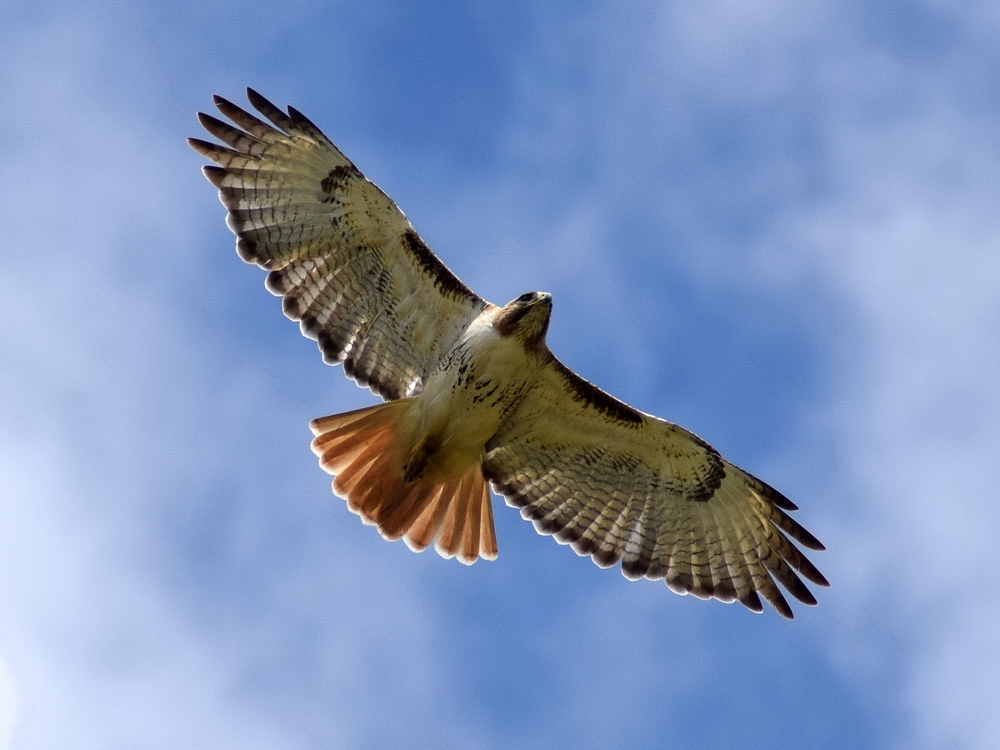
Wildfires can force animals to flee their habitats, often altering their natural migration patterns. Animals that follow specific routes during seasonal migrations may be unable to access these paths, leading to confusion and disorientation. These changes can affect breeding, feeding, and social behaviors, as animals adapt to new routes and environments. For migratory birds, smoke and flames can obscure the visual cues they rely on for navigation. Pets, while not migratory, can also be affected, particularly if relocated or lost during evacuations.
Altered migration patterns have broader ecological implications, affecting not just the animals themselves but also the regions they move through. New areas may not provide the necessary resources for survival, leading to increased mortality rates. This shift can also affect predator-prey dynamics, as animals that usually don’t encounter each other are forced into proximity. Over time, these changes can lead to shifts in species distribution and ecological balance. Monitoring and understanding these changes is crucial for wildlife conservation efforts and ecosystem management.
12. Their Behavioral Patterns Change

The trauma of experiencing a wildfire can lead to significant changes in animals’ behavior. Pets may become more anxious or aggressive, displaying behaviors such as excessive barking or destructive chewing. Wild animals may alter their foraging or hunting patterns, driven by the need to adapt to a changed environment. These behavioral changes can have cascading effects, influencing social dynamics and survival strategies. A typically nocturnal animal might become more diurnal if their nighttime cover is destroyed, exposing them to new threats.
Understanding these changes is essential for both pet owners and wildlife conservationists. Behaviorally altered pets may require training or behavioral therapy to readjust to normal life. In the wild, altered behavior can affect reproduction and social interactions, leading to long-term population changes. Conservationists may need to intervene, providing resources or altering management practices to support these animals. The resilience of animals in the face of such upheaval is remarkable, but the behavioral changes they exhibit are a stark reminder of the fires’ profound impact.
13. Their Lifespan May Be Shortened
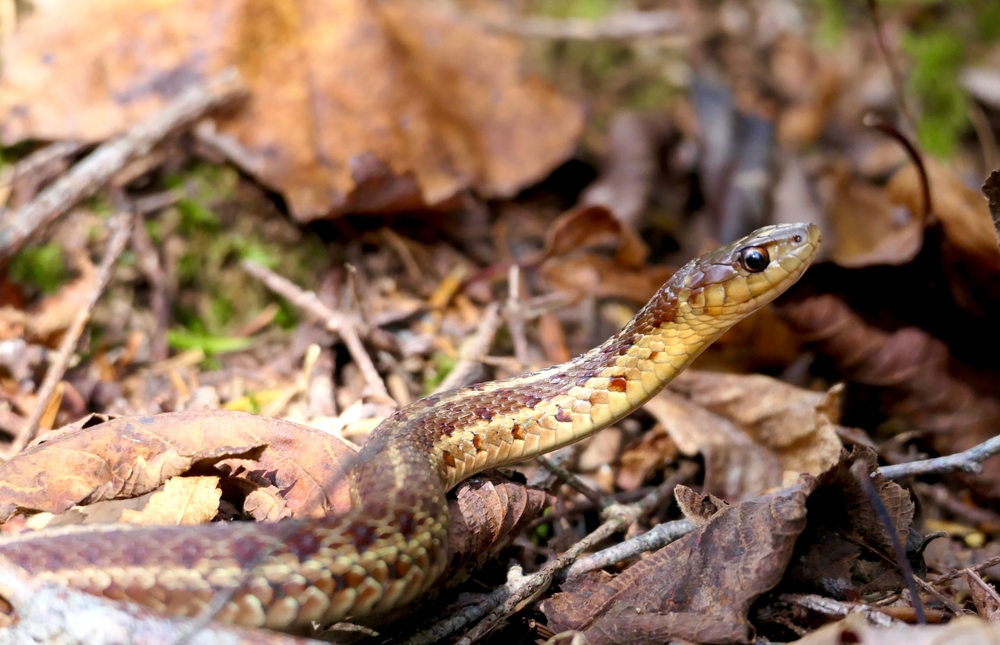
The cumulative effects of stress, injury, and environmental change can shorten animals’ lifespans. For pets, the immediate danger of flames and smoke can lead to health issues that reduce their quality of life and longevity. Wild animals face a host of challenges that can impact their survival, from habitat loss to increased mortality rates from stress and malnutrition. These factors contribute to a shortened lifespan, which can have population-level effects, particularly for endangered species. The loss of mature individuals can also hinder the transmission of knowledge and skills critical for the survival of younger animals.
Efforts to mitigate these impacts are essential, involving both immediate response and long-term conservation strategies. For pets, this might mean increased veterinary care and interventions to reduce stress. In the wild, habitat restoration and protection, along with measures to ensure food and water availability, are crucial. Addressing these challenges requires collaboration between communities, conservationists, and policymakers. While the fires leave a trail of devastation, they also present an opportunity to learn, adapt, and work towards a more resilient future for all creatures.
